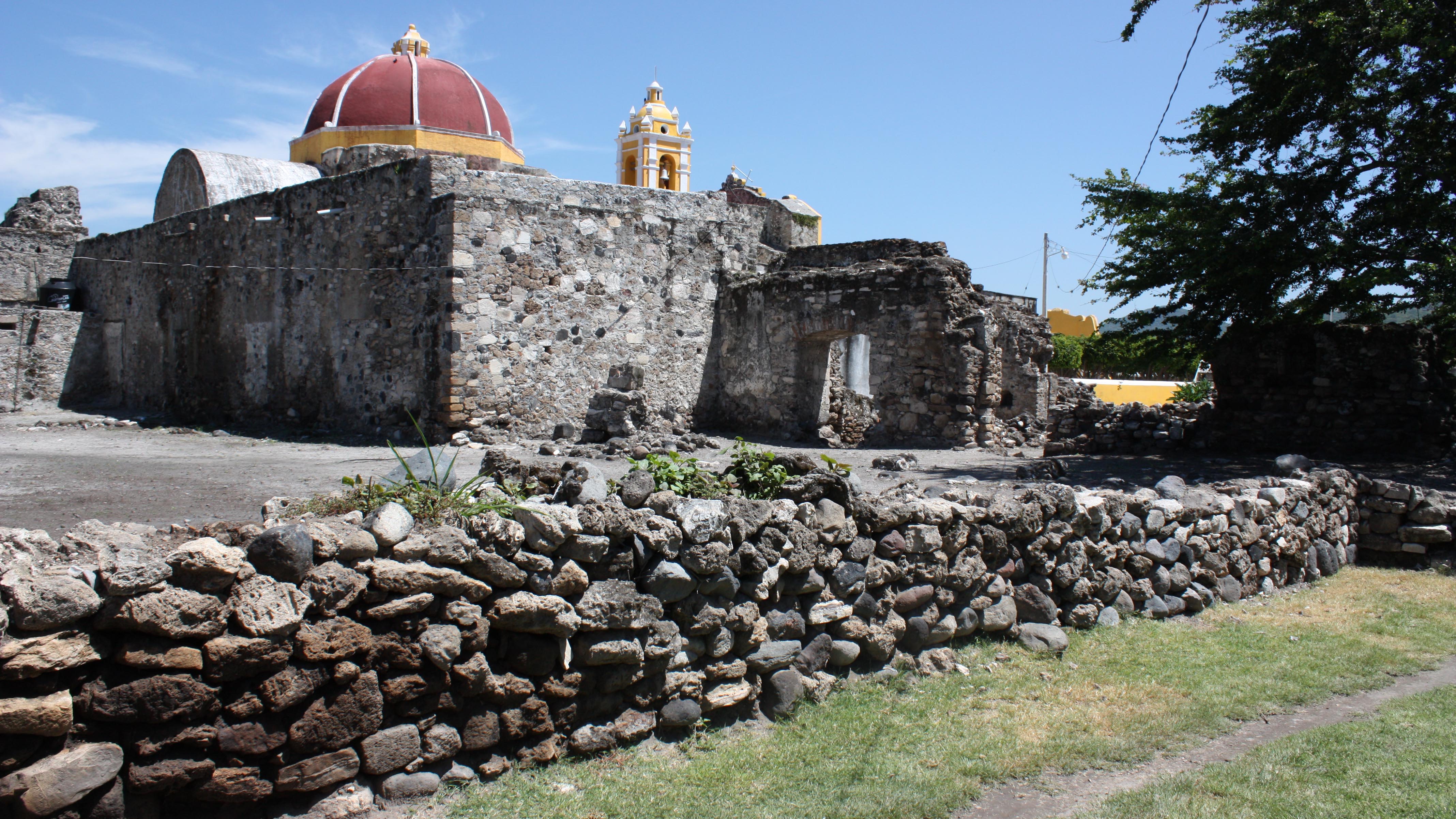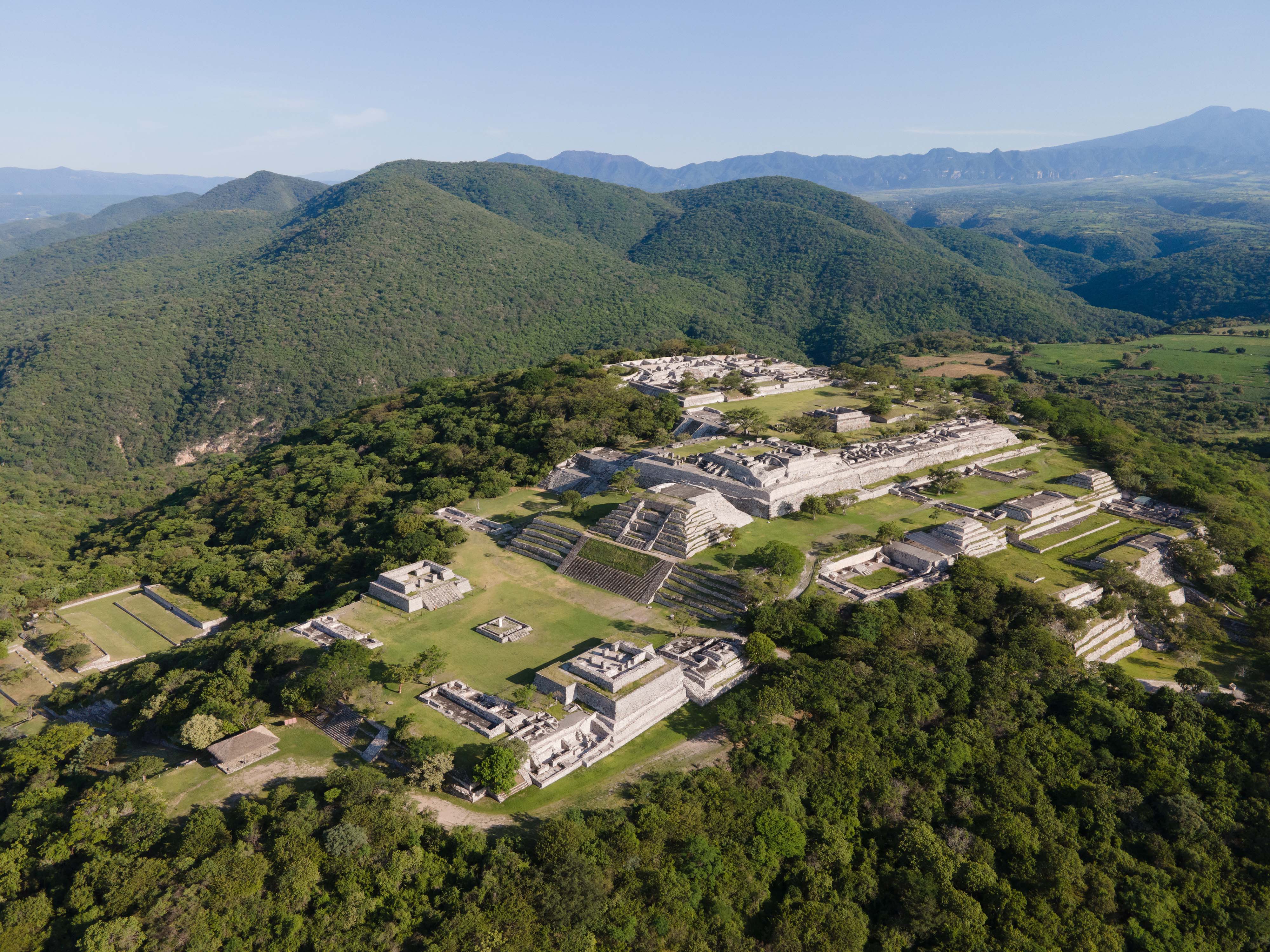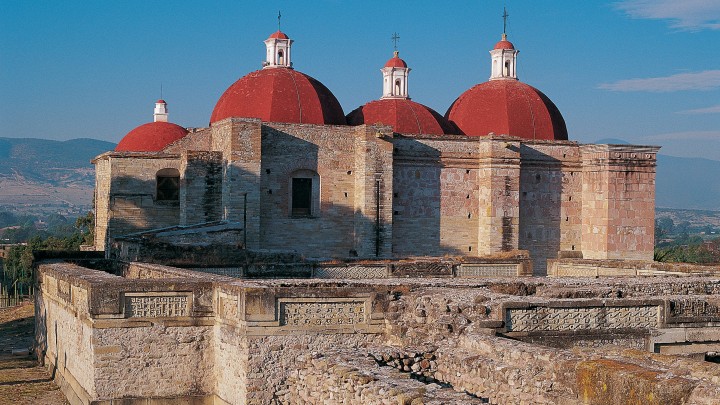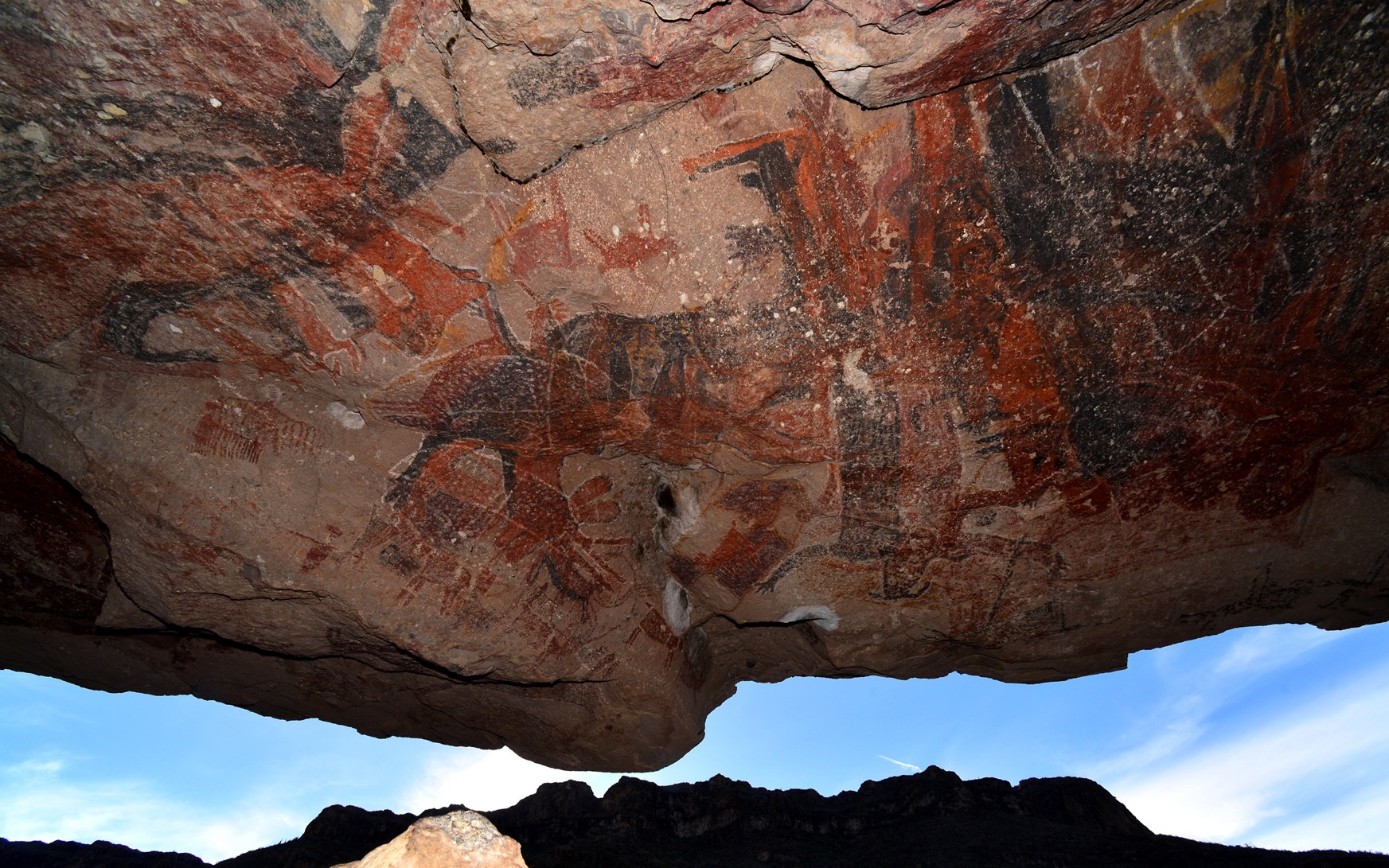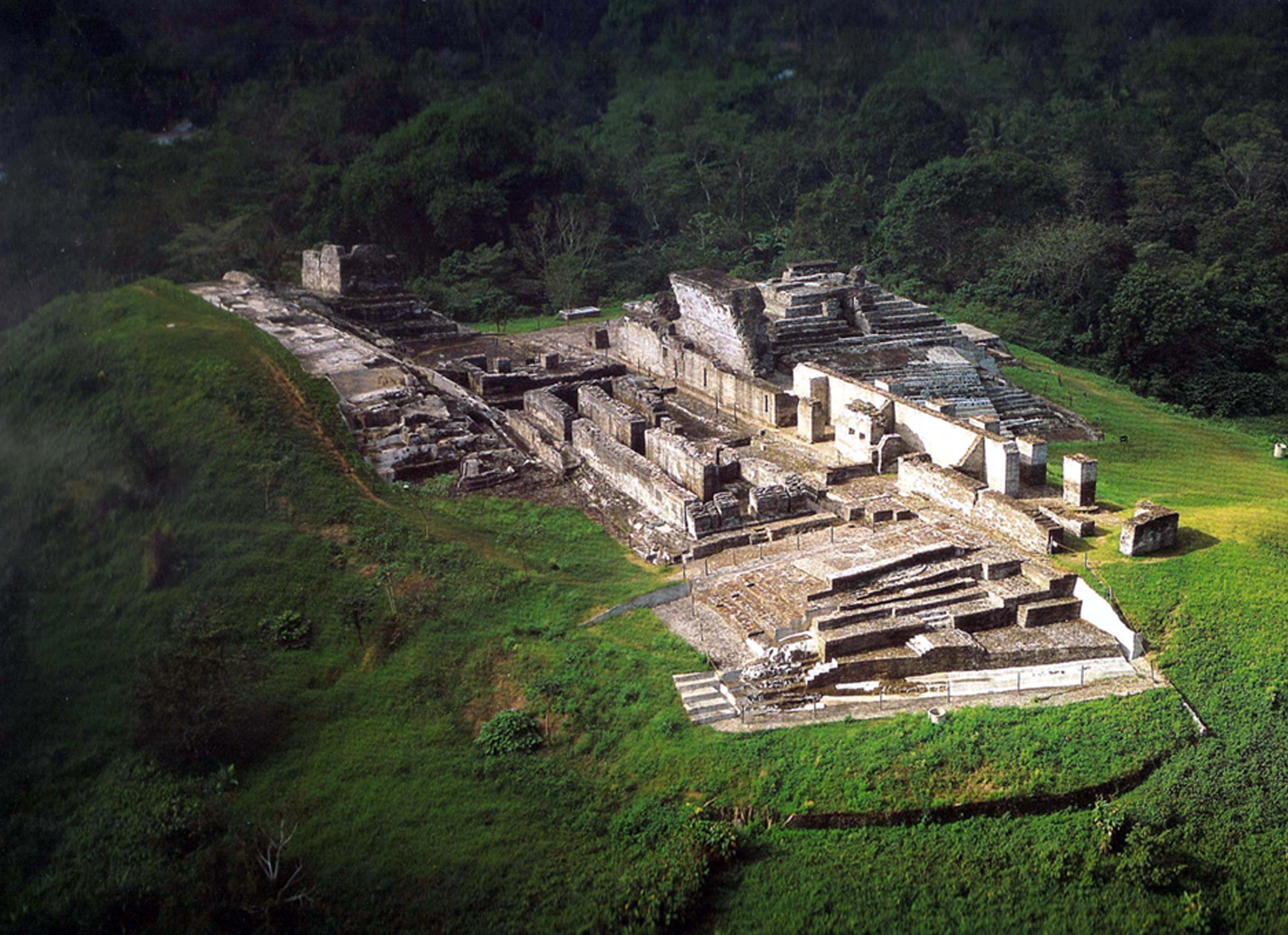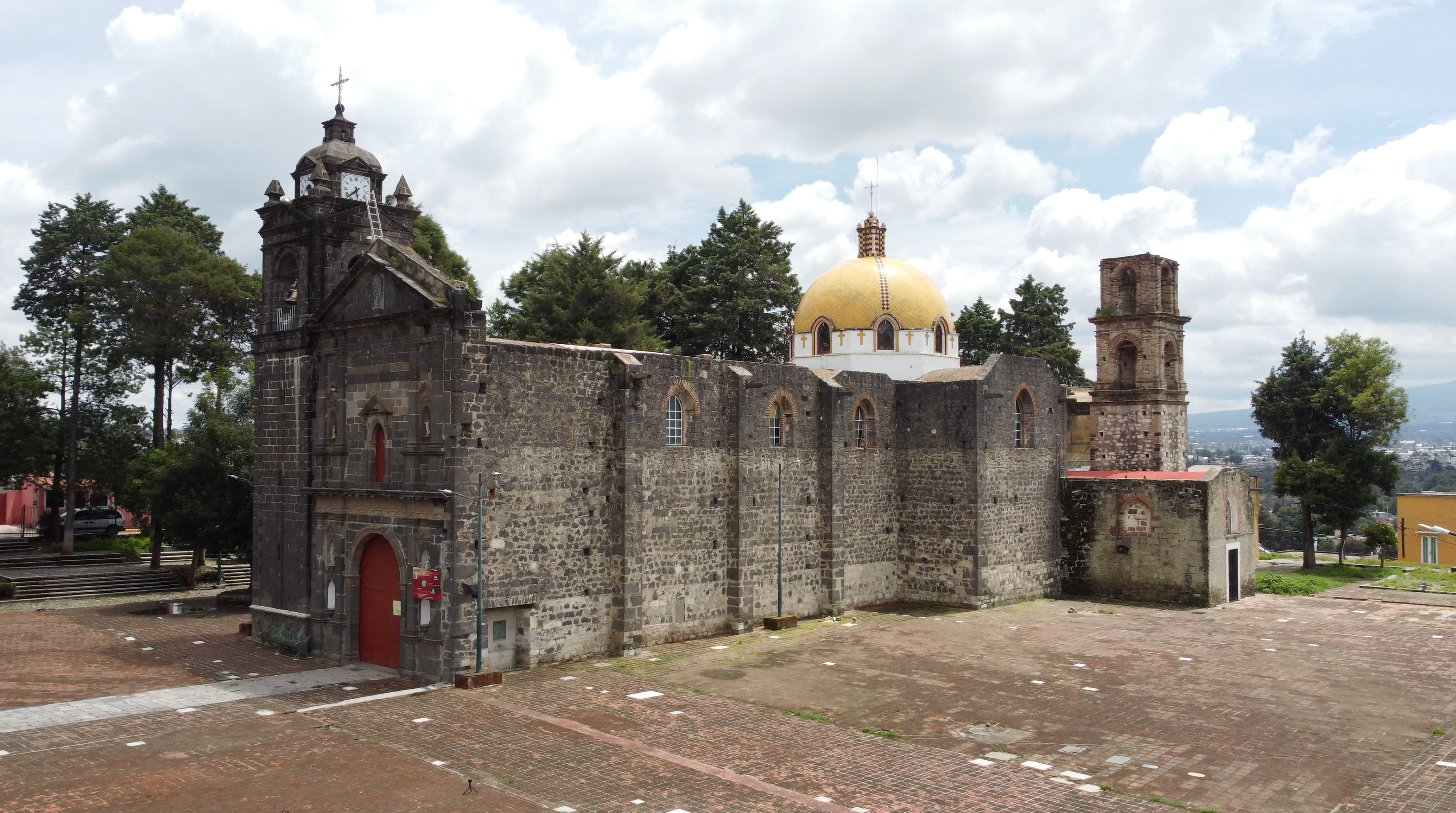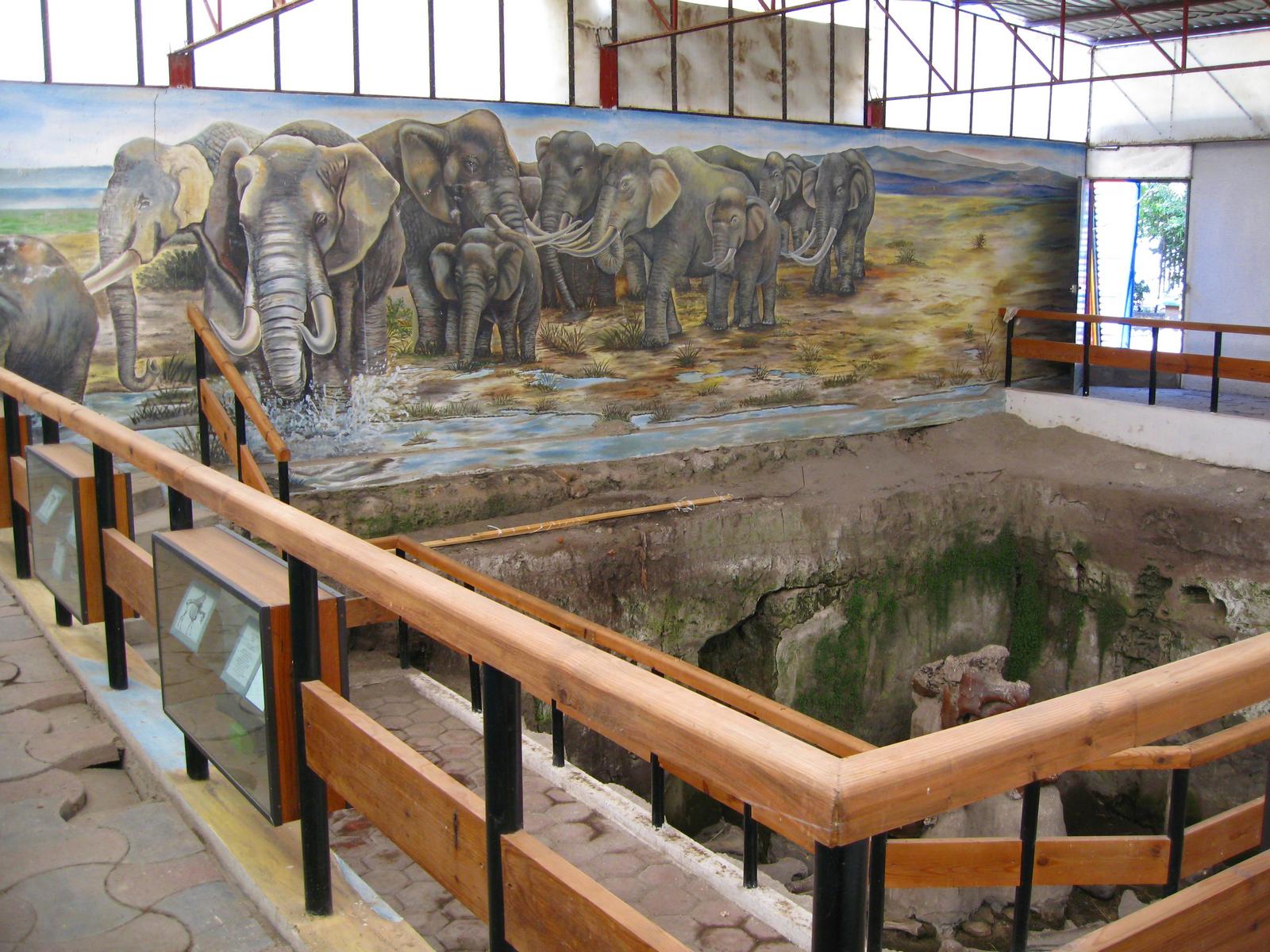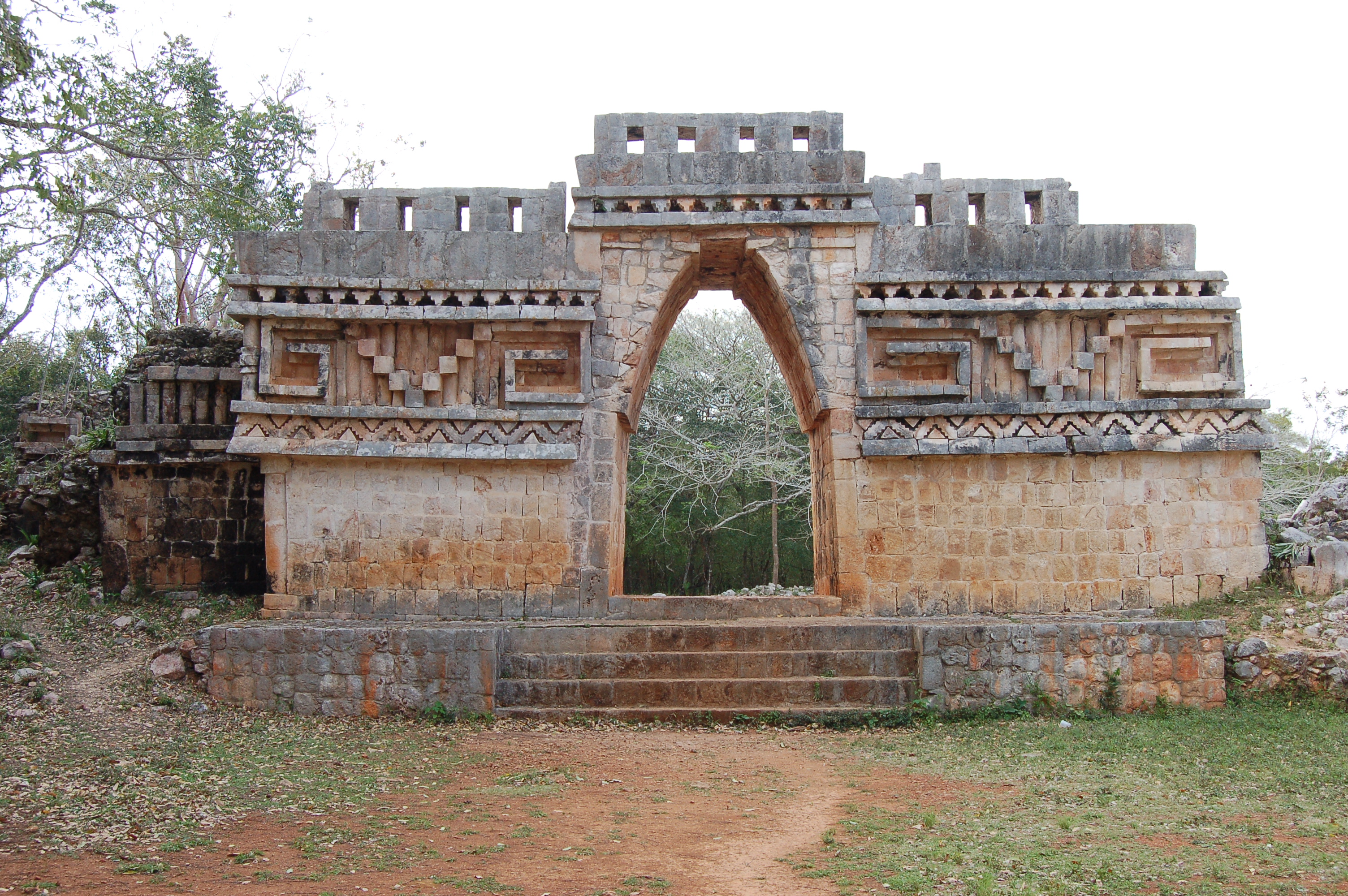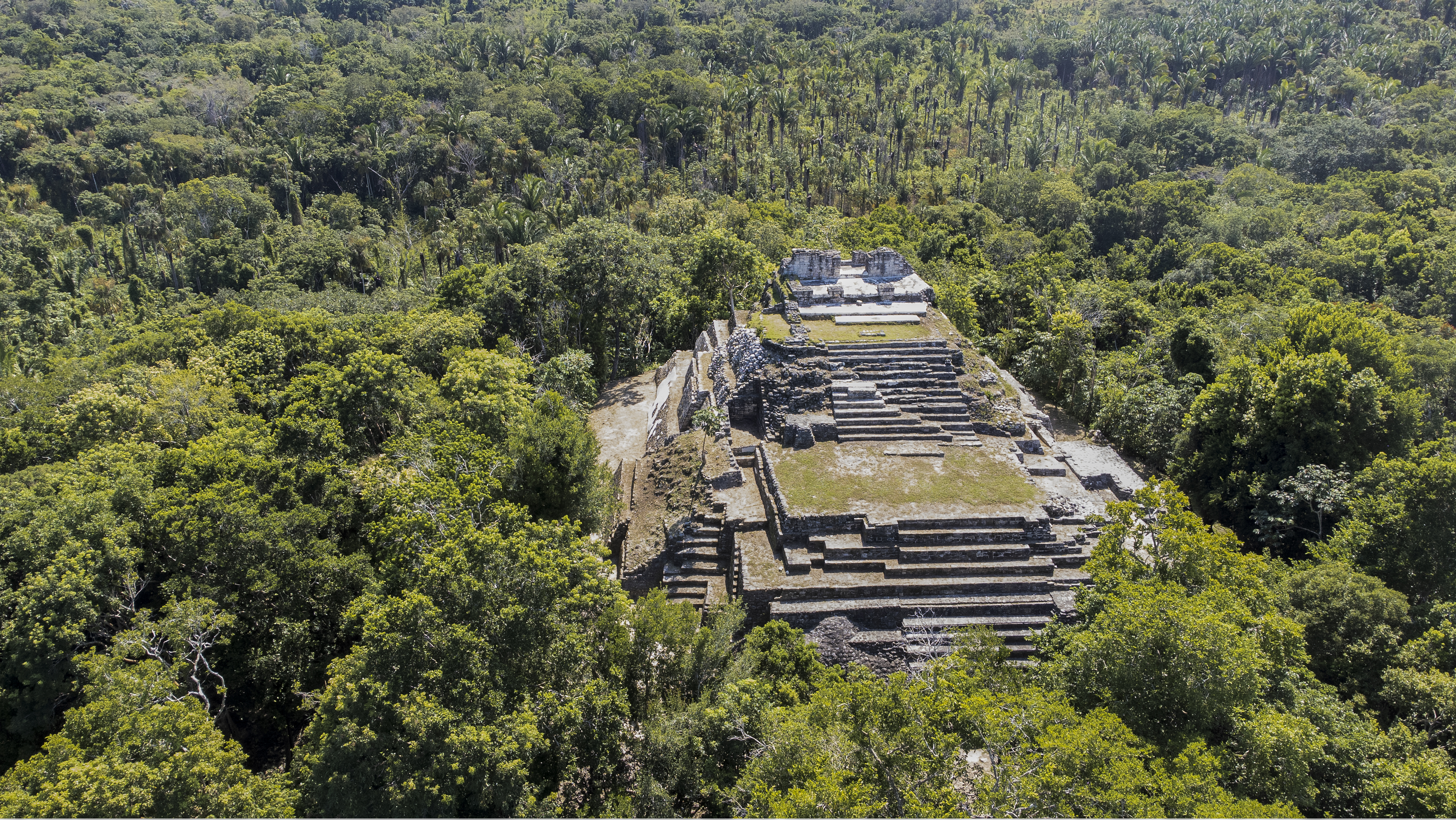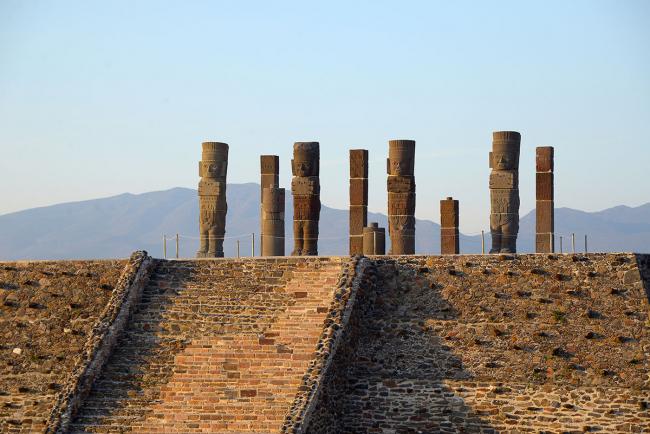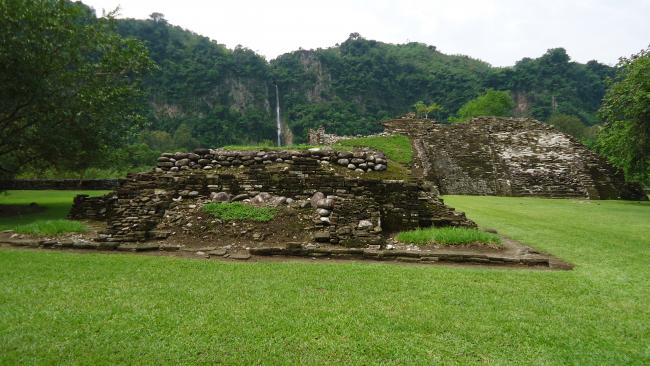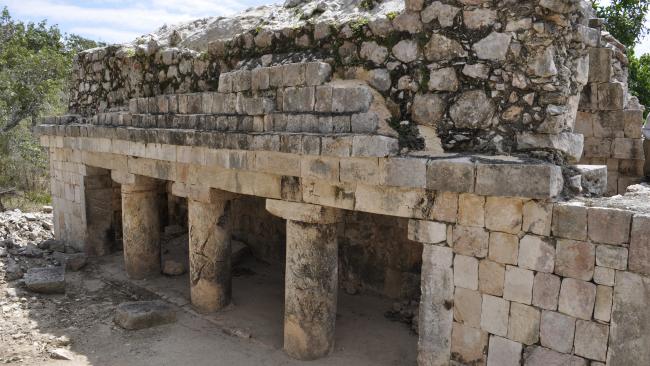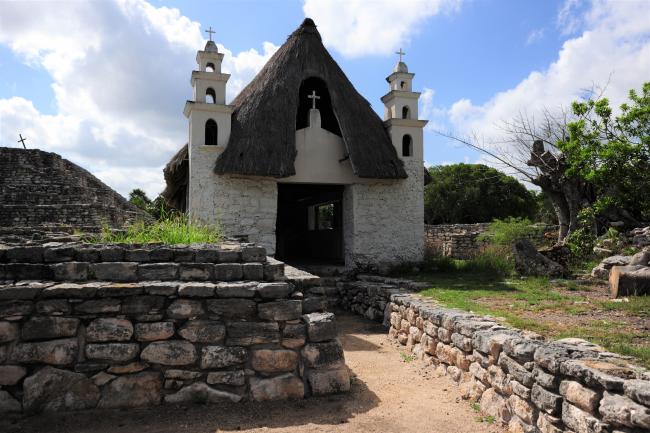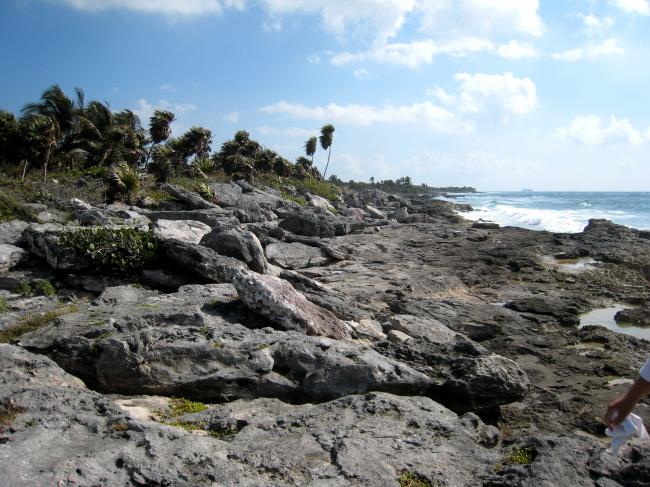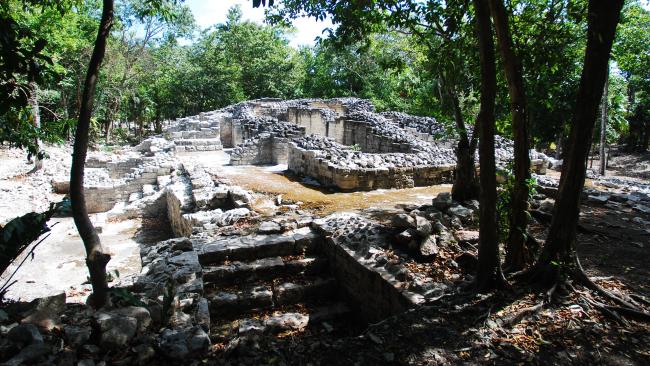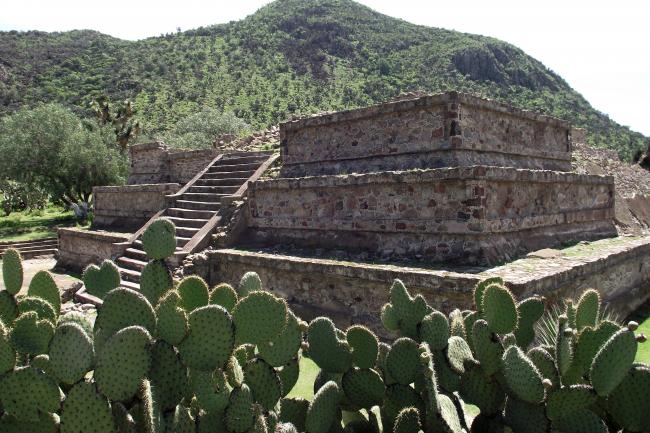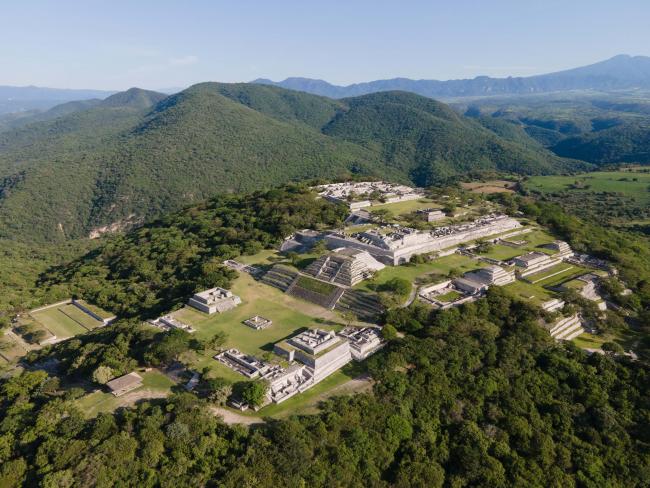
Zonas Arqueológicas
Tula
A key city in the history of the Altiplano (Central Highlands), the great Toltec capital from the year 1000 left vast remains full of monuments and artistic treasures. It influenced the peninsular and Central American Maya, and the cultures of the Gulf coast, Anahuac and the western…
Tulum
A powerful walled city on the coast, with some of the best preserved mural paintings in the Mayan area. Its monuments exemplify the particular style of the East Coast, where the ancient pointed arch gave way to flat roofs supported by columns.
Tzintzuntzan
The lakeside capital of the Purépecha and its vast independent empire had a population of 30,000 at the time of the Spaniards’ arrival. Founded eight centuries ago, it was the seat of the Uacúsecha dynasty. The impressive remains include the Great Platform with its semi-circular “yacata”…
Uxmal
Uxmal is a magnificent and monumental city, one that astonishes visitors with its Pyramid of the Magician, the Nunnery Quadrangle and the House of the Doves. This is the most representative Puuc-style site with its decorated facades with masks of the god Chaac, fret patterns, hieroglyphic panels…
Vega de la Peña
On the banks of a river, convenient for trade, remarkable urban planning and the Fretwork Temple, whose facade decorations depict the serpent of fire. The Mexica held sway over the site, who took advantage of the communications network to exact their tribute.
Xcalumkín
An outstanding 1,000-year-old Puuc site that was capital of many surrounding settlements. It only has a few temples and palace structures, and no ball court, but Xcalumkin has an impressive number of hieroglyphic inscriptions about its rulers and other lower-ranked figures.
Xcambó
The inhabitants of Xcambó settled in a petén, the largest in the region, with numerous useful features: soil, drinking water and materials for their buildings. The site was erected as a commercial port during the Early Classic period (c. 350-550 AD).
Xcaret
Pre-Hispanic port of departure to Cozumel for numerous pilgrims headed for the sanctuary of the goddess Ixchel, as well as a very important Maya trading city whose inhabitants navigated the Caribbean coast as far as Honduras. Its monuments are in the unique coastal style with large platforms and…
Xelhá
Crucial maritime port for the Maya Caribbean, possibly serving the great kingdom of Coba 1400 years ago. Impressive structures remain, such as the Building of the Birds, with its outstanding mural paintings. This and other vestiges reveal the influence of Teotihuacan.
Xihuingo
Ancient settlement of hunter/gatherers and farmers, founded twenty centuries ago, influenced by Teotihuacan. It became a distribution center for the Acolhua, situated between the Altiplano (high plateau) and the Gulf Coast. There are notable cave paintings at Tres Peñas and El Tecolote.
Xlapak
Twelve and a half centuries ago, the city of Xlapak supplied the Puuc region with agricultural products from land that was very fertile but lacked rivers. Medium-sized buildings are still standing, most notably The Palace, which is finely decorated with stucco facade masks of Chaac the rain god…
Xochicalco
An indigenous city built on the top of the Xochicalco hill possibly for visual dominance of the landscape. The ancient settlers built walls, moats and large access roads for absolute control of their entrances.
Their knowledge in engineering, environment, astronomy, construction, and…

